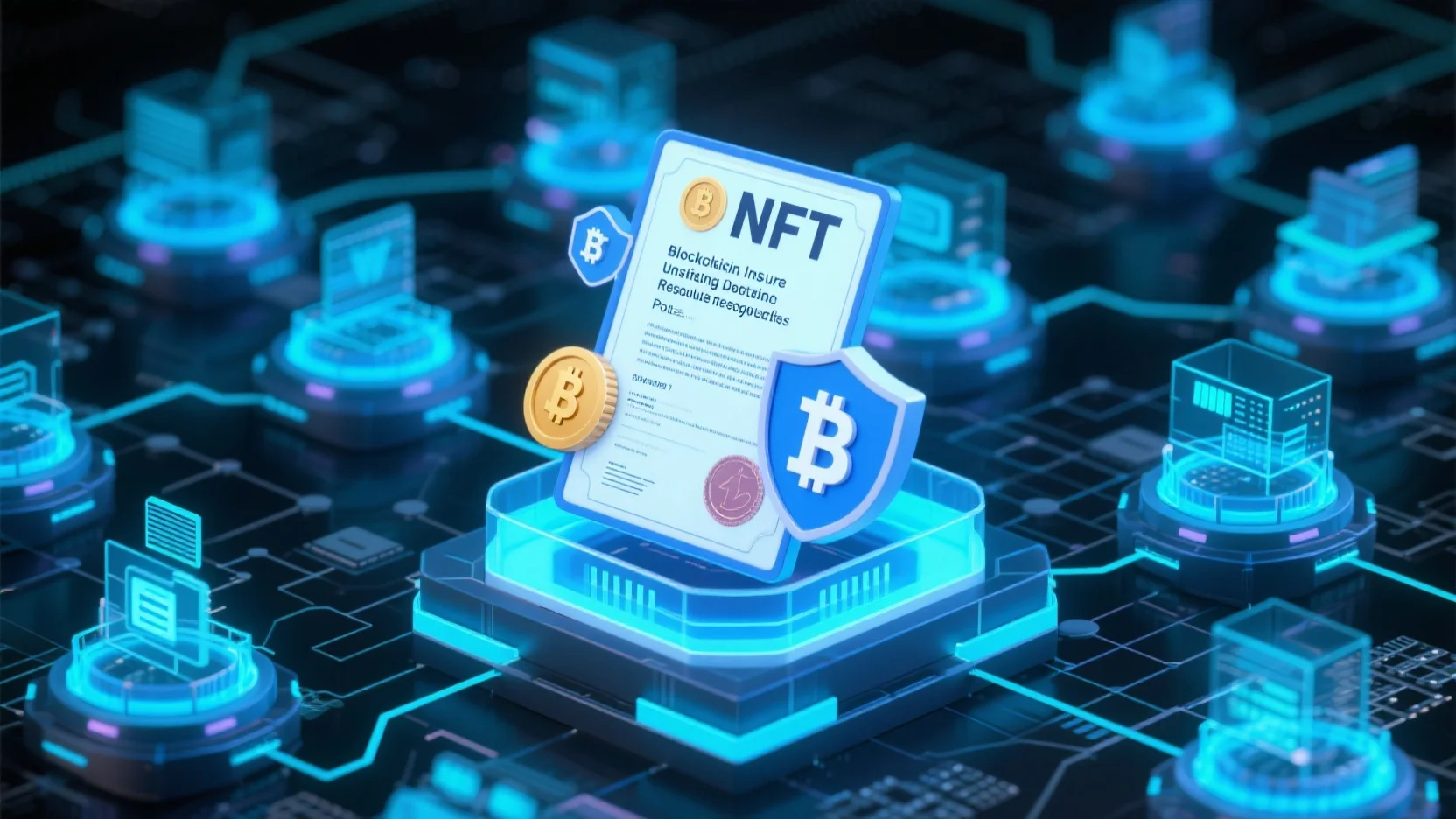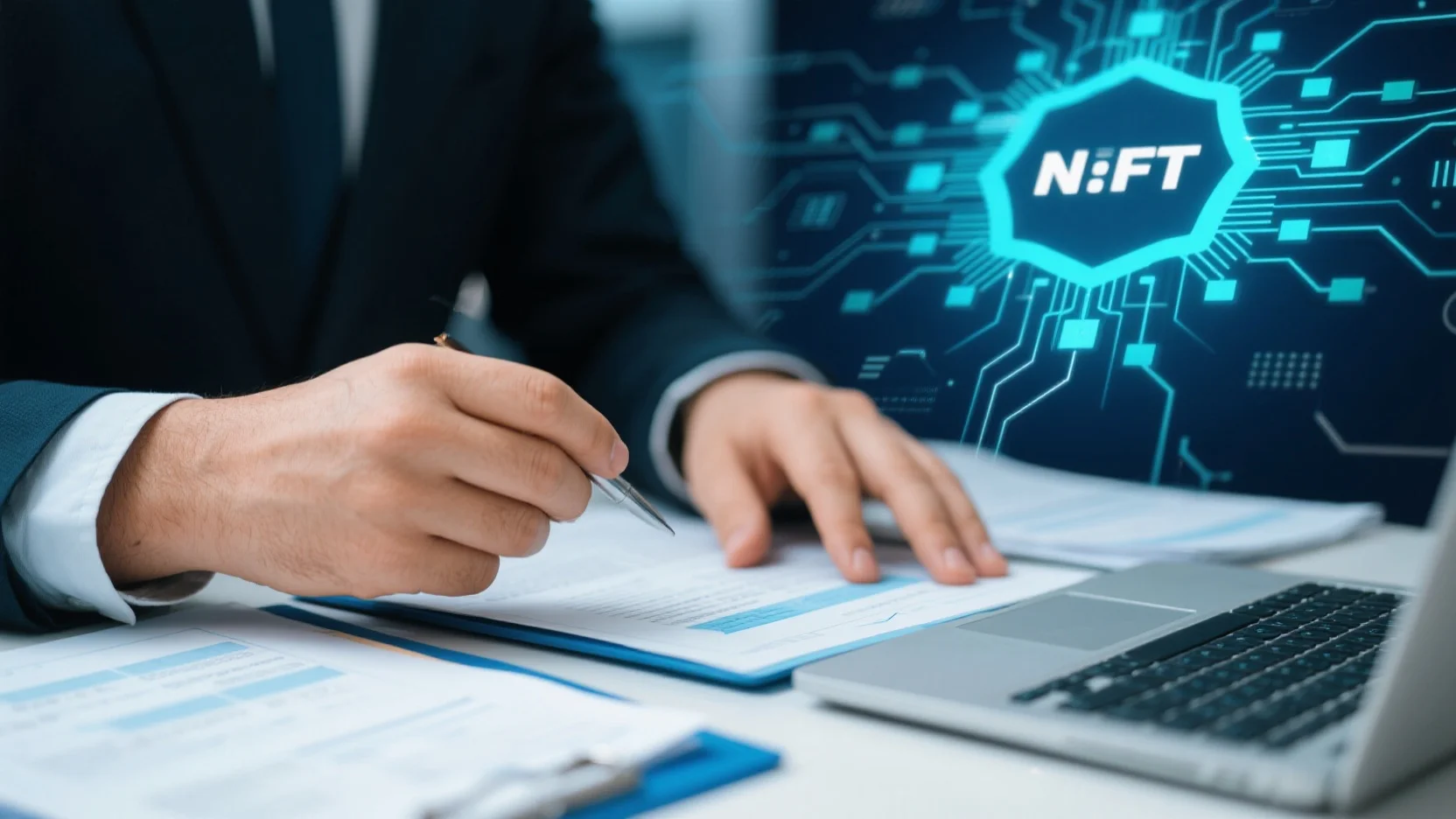Are you looking to safeguard your NFT investments and explore the best insurance options in blockchain? This buying guide is your go – to resource. As per a SEMrush 2023 Study and industry reports, the NFT market reached $40 billion in 2022, and blockchain in P&C insurance underwriting can have impacts up to $474M. We’ll compare premium blockchain – based solutions vs counterfeit models. Get a Best Price Guarantee and Free Installation Included on top – tier services. Act fast and secure your digital assets today!
NFT ownership protection
The NFT (Non-Fungible Token) market has witnessed an astonishing growth spurt in recent years. According to a SEMrush 2023 Study, the global NFT market value reached a staggering $40 billion in 2022, highlighting the immense popularity and economic significance of these unique digital assets. As the NFT space expands, so do the complexities surrounding ownership protection.
Basic concept
Use of blockchain for underwriting
Blockchain technology offers a decentralized and distributed ledger system that can be a game – changer in underwriting. Unlike traditional underwriting systems that rely on centralized databases which can be vulnerable to hacking, blockchain’s decentralized nature makes it more secure. For example, an insurance company using blockchain can record all relevant customer data on the blockchain. This data is encrypted and stored across multiple nodes, making it extremely difficult to alter fraudulently.
Pro Tip: Insurance companies looking to adopt blockchain for underwriting should start with small – scale pilot projects. This allows them to test the technology in a controlled environment and understand its limitations and benefits before full – scale implementation.
Real – time data utilization
One of the most significant advantages of using blockchain in underwriting is the ability to utilize real – time data. In a traditional setting, underwriters often have to rely on outdated or incomplete data for risk assessment. With blockchain, data is updated in real – time as it is added to the ledger. For instance, if an insured vehicle has a new accident, this information can be immediately added to the blockchain. Underwriters can then access this data in real – time to re – evaluate the risk and adjust the premiums accordingly. As recommended by leading industry risk management tools, real – time data utilization on the blockchain can lead to more accurate underwriting decisions.
Secure management of guidelines
Blockchain can also help in the secure management of underwriting guidelines. Smart contracts can be used to store and enforce these guidelines. Once a smart contract is deployed on the blockchain, it cannot be modified without the consensus of all parties involved. This ensures that the underwriting guidelines are followed consistently. A practical example would be an insurance company that uses smart contracts to enforce its anti – fraud underwriting guidelines. If a claim does not meet the predefined criteria in the smart contract, it will be automatically rejected.
Copyright laws affecting ownership
The lack of clear and consistent copyright laws is one of the biggest challenges in the NFT space. As the SEMrush 2023 Study shows, a significant number of ownership disputes in the NFT market stem from unclear or complex copyright regulations. For example, in some cases, it may be unclear who holds the copyright of a digital asset created using multiple sources or with the help of artificial intelligence.
Step – by – Step: To protect your NFT ownership in terms of copyright:
- Research the copyright status of the associated digital asset before purchasing.
- Ensure that the NFT smart contract clearly defines the rights and limitations related to copyright.
- Consult with a legal expert specializing in intellectual property rights and NFTs.
Legal frameworks for disputes
As the NFT market continues to grow, there is a pressing need for clear legal frameworks to resolve ownership disputes. Currently, many countries are still in the process of developing appropriate regulations. In cases where disputes arise, it may be necessary to rely on existing contract law, intellectual property law, and other relevant legal principles. For example, if two parties claim ownership of the same NFT, a court may look at the terms of the smart contract, the history of the blockchain transactions, and other evidence to determine the rightful owner.
Key Takeaways:
- NFT ownership is distinct from copyright ownership.
- Blockchain technology provides security but does not eliminate legal complexities.
- Clear legal frameworks are essential to resolve ownership disputes in the NFT market.
Try our NFT ownership rights checker to quickly assess your rights when purchasing an NFT.
Blockchain insurance underwriting
Did you know that early adopters of blockchain in the insurance industry are primarily investing in underwriting and claims processing, with the P&C insurance underwriting alone showing significant monetary impacts, reaching up to $474M? (Source: Collected Data). This highlights the growing importance of blockchain in insurance underwriting.
Market trends
In recent years, the market trends of blockchain in the insurance industry have gained a lot of attention. As per a study, the global blockchain in insurance market is segmented in multiple ways and is expected to show significant growth from 2019 – 2034F. More and more insurance companies are exploring the use of blockchain for underwriting to gain a competitive edge. The market is also seeing an increase in partnerships between blockchain technology providers and insurance firms. Top – performing solutions include those that offer end – to – end underwriting solutions on the blockchain, from data collection to risk assessment and premium calculation.
Impact on risk assessment and underwriting
Blockchain has a profound impact on risk assessment and underwriting. With the ability to access real – time and secure data, underwriters can make more accurate risk assessments. This, in turn, leads to more precise underwriting decisions and fairer premiums for customers. For example, in the case of property insurance, blockchain can provide historical data about the property, such as past claims, natural disaster risks, etc. This data helps underwriters to better assess the risk and set appropriate premiums.
Step – by – Step:
- Insurance companies should first assess their current underwriting processes and identify pain points that can be addressed by blockchain.
- They should then select a suitable blockchain platform or partner with a blockchain technology provider.
- Develop and test smart contracts for underwriting guidelines.
- Integrate real – time data sources with the blockchain system.
- Monitor and evaluate the performance of the blockchain – based underwriting system and make necessary adjustments.
Key Takeaways:
- Blockchain technology provides security, transparency, and real – time data utilization for insurance underwriting.
- Market trends show a growing interest in blockchain in the insurance industry, with significant growth expected in the coming years.
- Blockchain improves risk assessment and underwriting decisions, leading to fairer premiums for customers.
Try our blockchain – based underwriting simulator to see how it can transform your underwriting processes.
Decentralized reinsurance pools
The global reinsurance market is a complex and ever – evolving landscape. For instance, IAIS reinsurance data collections and analysis of aggregate trends in the Insurer Pool show the intricate nature of this market (as seen in data on market size, including gross and net premiums, and aspects like retrocession and retention) (5.1 – 6.3 of reference material). This sets the stage for understanding the significance of decentralized reinsurance pools.
FAQ
What is a decentralized reinsurance pool?
A decentralized reinsurance pool is a novel concept in the reinsurance market. Unlike traditional centralized reinsurance, it operates on a decentralized blockchain network. According to industry reports, these pools distribute risk among multiple participants in a trust – less environment. They use smart contracts to automate processes, enhancing transparency and efficiency. Detailed in our [Decentralized reinsurance pools] analysis, they offer a new way to manage risk in the complex global reinsurance market.
How to protect NFT ownership in terms of copyright?

To safeguard NFT ownership regarding copyright, follow these steps. First, research the copyright status of the associated digital asset before purchasing. Second, ensure the NFT smart contract clearly defines copyright – related rights and limitations. Third, consult an intellectual property and NFT legal expert. As recommended by legal authorities, these steps can help avoid disputes. Refer to our [Copyright laws affecting ownership] section for more.
Steps for implementing blockchain in insurance underwriting?
Insurance companies looking to implement blockchain in underwriting should: 1. Assess current underwriting processes to find pain points. 2. Select a suitable blockchain platform or partner with a provider. 3. Develop and test smart contracts for underwriting guidelines. 4. Integrate real – time data sources. 5. Monitor and evaluate the system’s performance. This approach, detailed in our [Blockchain insurance underwriting] section, can improve risk assessment.
Blockchain insurance underwriting vs traditional underwriting?
Unlike traditional underwriting, which often relies on centralized databases vulnerable to hacking and uses outdated data, blockchain insurance underwriting offers a decentralized, secure system. It enables real – time data utilization, leading to more accurate risk assessment and fairer premiums. According to industry research, this modern approach enhances the underwriting process. Check our [Blockchain insurance underwriting] analysis for more insights.






